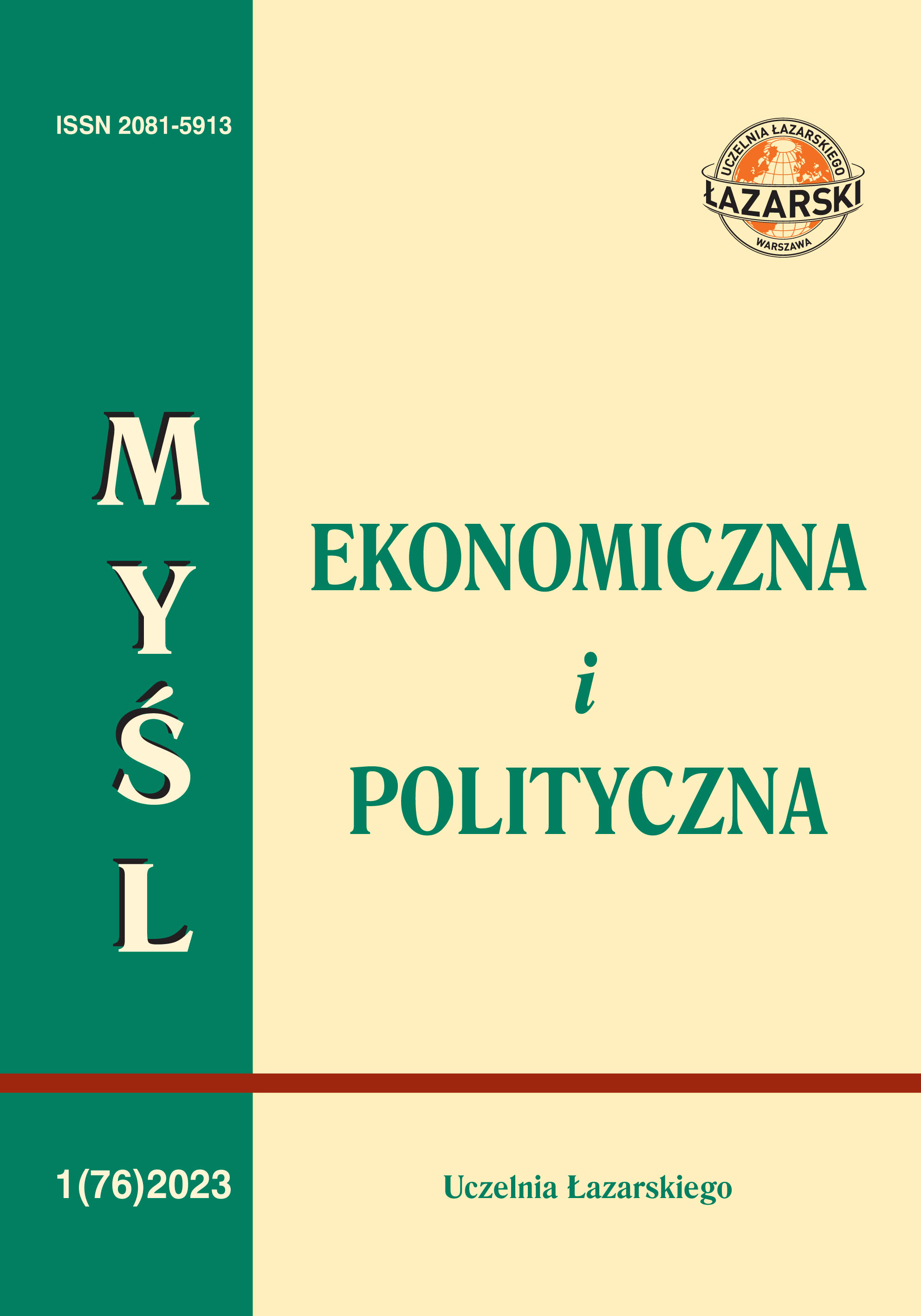Abstract
The objective of the article is to assess the economic impact of Official Development Assistance (ODA) and Remittances on the 134 countries of Global South. The hierarchy of the economic importance of ODA and Remittances in the Global South, as well as the identification of a group of countries with MIRAB features will be based on the application of data for 2019 to two indicators constructed for the purposes of the study. The first is an Official Development Assistance Impact Index (ODAI) and second a Remittances Impact Index (RI). In order to measure the ODAI, the author used three variables, namely (a) net ODA received, total (% of GNI), (b) net ODA received (% of imports of goods, services and primary income) and (c) net ODA received per capita. The second index, which relates to Remittances (RI), is constructed by expressing (a) personal remittances, received (% of GDP), (b) personal remittances, received (% of imports of goods, services and primary income) and (c) personal remittances, received per capita. The author rescaled the variables using the min-max formula. Using a quantitative approach, the ODAI and the RI indices have been constructed to measure two major impacts of financial flow to the Global South. The indicators may be synthetic, simple tools for measuring the degree of ODA and Remittances economic saturation. It also might be useful tool for diagnosis of the MIRAB syndrome. However, the author is aware that their simplicity may discourage some from agreeing, and because of this, ODAI and RI are susceptible to criticism.

This work is licensed under a Creative Commons Attribution-NonCommercial-ShareAlike 4.0 International License.

